This was published 3 years ago
Abandoned, doomed and forbidden: World's 10 top spots for the urban explorer (#urbex)

By Brian Johnston
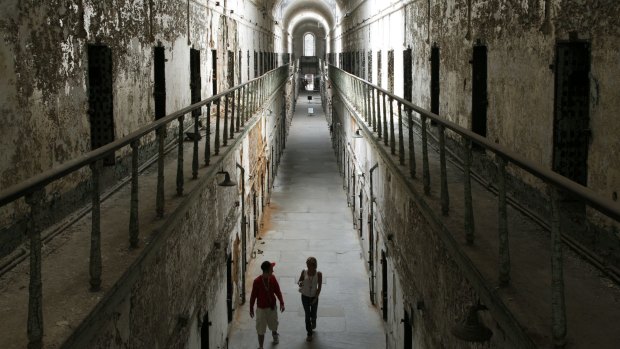
Eastern State Penitentiary, Philadelphia.Credit: Alamy
Ever had the urge to ignore a no-entry sign, clamber over a fence, or nip down a forbidden corridor when nobody is looking? Ever been intrigued at what lies beneath a manhole, or behind a locked door in a museum or underground station?
Travellers are natural stickybeaks, and the thought of "alternative" sightseeing is always tempting. Few of us, though, would actually risk clambering through a drain, onto a high-rise roof or into a disused factory.
Then there are those at the extreme end of the sightseeing spectrum for whom urban exploration (urbex to the initiated) proves irresistible. Urbex is focused on abandoned, concealed and forbidden urban structures that might range from disused hospitals and amusement parks to still-used railway tunnels and sewage systems.
Urbex can see you fined, jailed, injured or even killed, but its practitioners say the risks are worth it for the adrenaline rush, boasting rights, or simply the chance to see places few people know exist.
Urbex was inspired by canyoning and caving; it's sometimes called urban caving or urban spelunking. It really got going from the turn of the millennium when it was featured on cable-television channels. The use of social media, selfies and GoPros by urban explorers soon raised its profile. The Instagram hashtag #urbex now has almost 10 million posts.
At the same time, new urbex playgrounds arose: abandoned Soviet Union factories and military facilities, then declining American cities such as Detroit, which were left with abandoned industrial plants, churches, schools and even entire neighbourhoods.
Leading urbex cities include New York, Paris, London, Rome, Brussels and Odessa in the Ukraine, which has 2500 kilometres of interconnected catacombs, tunnels and air-raid bunkers beneath its streets, mostly off-limits.
Many urban explorers are content with DERP (derelict and ruined places), but bunkerologists and drainers specialise in military bunkers and storm drains. At the extreme end are rooftoppers, skywalkers (who perch on cranes, smokestacks and the like) and "builderers", who scale building exteriors. The most famous is the headline-making "French Spider-Man" Alain Robert.
Needless to say, none of these activities is advisable but, if you want to get some feel for the dystopian urbex world, there are ways to get a flavour of the abandoned, doomed and underground without straying into the illegal and dangerous. Here are 10 top spots for the cautious urban explorer.
Chernobyl city, Ukraine
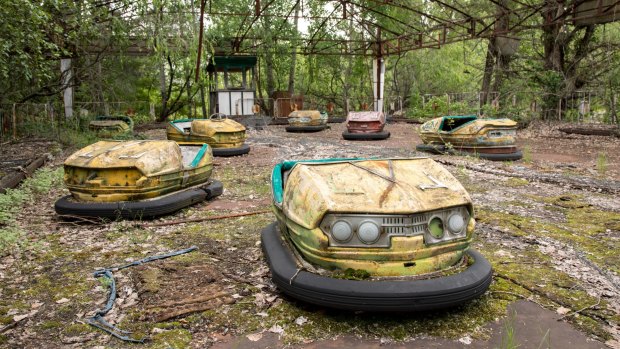
Credit: Alamy
You can't get more DERP than an entire city. Chernobyl became infamous in 1986 when an accident at its nuclear power plant leaked radioactive waste, causing it to be entirely evacuated. Despite continued radiation hotspots, you can join a Chernobyl Tour that doesn't just pass inside the exclusion zone of the eerie ghost city, but gets within 100 metres of the contaminated reactor. Abandoned schools, homes and factories are other attractions. In neighbouring Pripyat, which once had 50,000 inhabitants, a forlorn public swimming pool, playground and Ferris wheel have become iconic reminders of its former life.
Underground Seattle, US
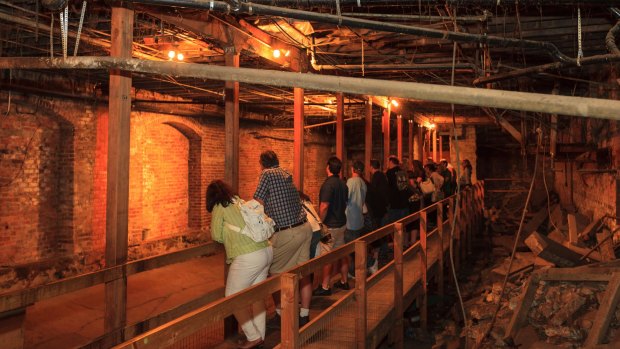
Credit: Alamy
Following a devastating fire in 1889, parts of downtown Seattle were simply built on top of the ruins, leaving behind an extraordinary buried city of intact shopfronts, walls and footpaths beneath Pioneer Square like a latter-day Pompeii. Only a small part is legally open to explorers, which you can visit on Bill Speidel's Underground Tour. Irreverent tales of dodgy plumbing, exploding toilets and 19th-century opium dens give it a humorous edge that doesn't entirely distract from the melancholy setting. For added entertainment, take the paranormal tour, or adults-only tour that focuses on raunchy stories of the abandoned red-light district.
Paris sewers, France
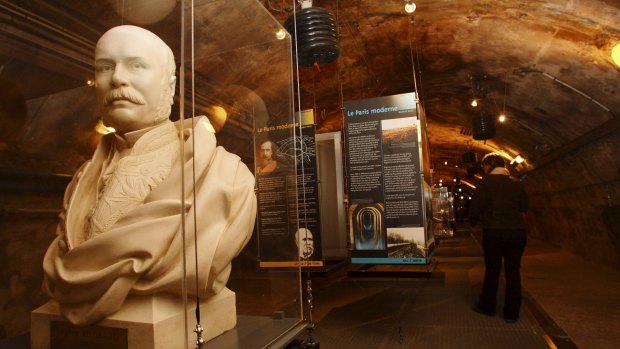
Credit: Alamy
The vast array of underground sewage and other tunnels beneath Paris are infamous destinations for urbex adventurers in search of an illegal thrill. But Musée des Égouts (Sewer Museum) will allow a legitimate peek beneath the pavements when it reopens this year following renovations. A guided tour brings you through historic sewage, drinking-water and telecommunications tunnels, where raised walkways protect you from the sewage beneath, if not the smell. It's an eye-opening look at Paris below some of its most famous streets, and surely the only museum in the world entered through a maintenance door. For more underground Paris, check out the Catacombs.
Hashima Island, Japan
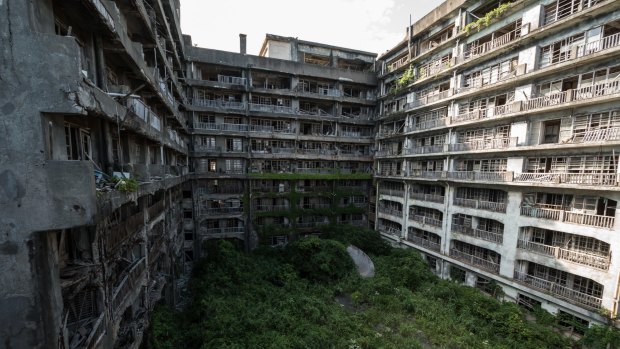
Credit: Alamy
Thanks to its World War II history and earthquakes, Japan is filled with tempting urbex sites, but the most famous is this abandoned island near Nagasaki, once resident to 5000 workers thanks to its coal-mining and processing plant, which closed in 1974. Hashima Island, encased in seawalls, is now a World Heritage site and tourist attraction covered in ruined industrial and residential buildings, making for a spectacular steampunk-style landscape frequently used in filming, notably in the 2012 James Bond movie Skyfall. The experience, though, lacks the flavour of urbex adventures, since visitors are confined to elevated walkways owing to the risk of collapsing buildings.
Mechelen cathedral, Belgium
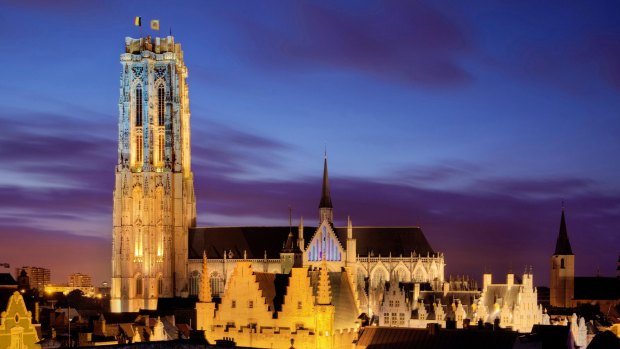
Credit: Alamy
Cathedral towers are a staple of European old towns, but in the quaint city of Mechelen you're allowed to clamber into the architectural skeleton of St Rumbold's Tower, where you'll find yourself among huge crossbeams, organ pipes and leftover wooden wheels that in medieval times hauled building materials up here. Before long you're spotting pigeons and falcons from high windows. When the carillon starts clanging, it sets the tower vibrating; the biggest bell weighs almost nine tonnes. You also get a close-up look at the mechanism that operates the tower's clock. An outdoor platform at the summit provides 30-kilometre views over Flanders.
Philadelphia penitentiary, US
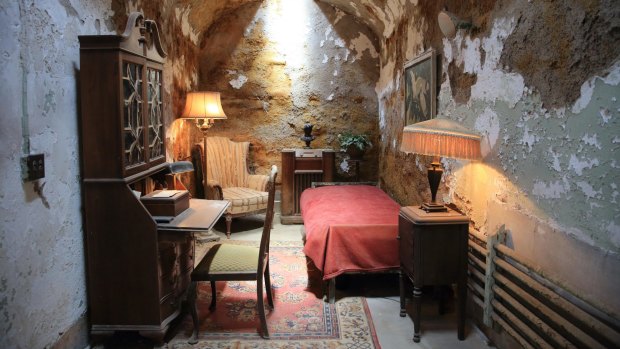
Credit: Alamy
Eastern State Penitentiary was once the most famous jail in America, and the nation's most expensive building when it was built in 1829. It resembles a giant Gothic castle, was closed in 1971, and is now a National Historic Landmark. While many former jails are now open to the public, this one has had minimal touch-ups, leaving it with a very urbex feel thanks to peeling paint, crumbling archways and abundant rust. You're free to wander through it yourself with an audio-guide and enjoy the sense of disrepair. Don't miss the curiously serene, monastic-like cell of notorious gangster Al Capone. Twilight tours have even more atmosphere.
Spinalonga leper colony, Greece
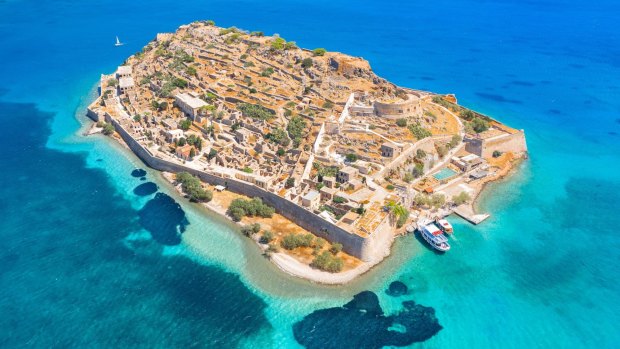
Credit: Alamy
The tiny island of Spinalonga off northeast Crete subverts all the usual stereotypes of Greek islands, despite the sparkling peacock seas. It was used to isolate (and all but abandon) Greek lepers between 1904 until 1957. You can inspect ruined leper houses, a school, an incinerator used to burn clothes, and a forlorn cemetery, all encased in the remains of 16th-century Venetian watchtowers and bastions punctured by dark tunnels. You might be tempted to try out your parkour skills across tumbledown walls and fortifications on a hillside peppered with fig trees and wildflowers.
Othello railway tunnels, Canada
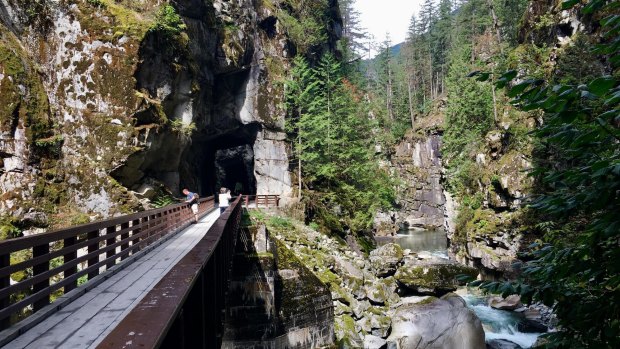
Credit: Alamy
Track-running on railway lines is one of the most dangerous types of urban exploration, but disused railways tracks repurposed for recreation allow us to track-run without risk to limbs and life. An early 20th-century railway line through British Columbia's Coquihalla Canyon is a spectacular example, since the engineering is as dramatic as the landscape. Sleepers have been replaced by a walking and cycling track that climbs the canyon via a series of tunnels and bridges above turbulent water. The tunnels have no lighting and, as you stumble through their dark middle sections, you might get some feel for the illicit track-running experience – without the oncoming trains.
Naples catacombs, Italy

Credit: Alamy
Layer upon layer has been added to Naples since ancient Greek times, and the result is the architectural treasure-trove of the labyrinthine early-Christian Catacombs of Naples. San Gennaro catacombs feature a fourth-century basilica dug out of the soft stones, while San Gaudioso has centuries of tombs, mosaics and frescoes from which the faces of the dead stare. For another macabre frisson, head to Fontanelle Cemetery inside caves on the city's outskirts. The skulls of plague victims were piled up here in the 17th century and now stare mournfully at visitors. Two mummified corpses in glass coffins are weirdly fascinating, and surprisingly moving.
Wieliczka salt mine, Poland
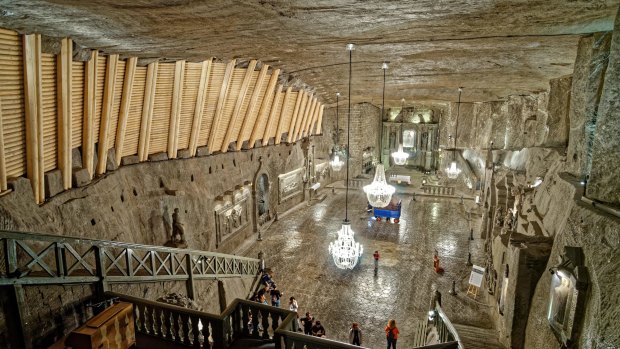
Credit: Alamy
Not far outside Krakow, the Wieliczka Salt Mine has 300 kilometres of galleries and 3000 chambers over nine levels – more than enough to make an urban explorer's adrenaline surge. You'd be best, though, to stick to the three levels and well-defined pathways open to the public – don't worry about missing the adrenaline, since a 378-step wooden staircase will make your heart pound. The salt mine was started in the 13th century and added to until its closure in 2007. Among the most striking sights are several glittering salt-dug chapels and a saline lake. You'll have to tackle 800 steps in all unless you use the lift, which won't get you any urbex street cred.
Sign up for the Traveller newsletter
The latest travel news, tips and inspiration delivered to your inbox. Sign up now.






